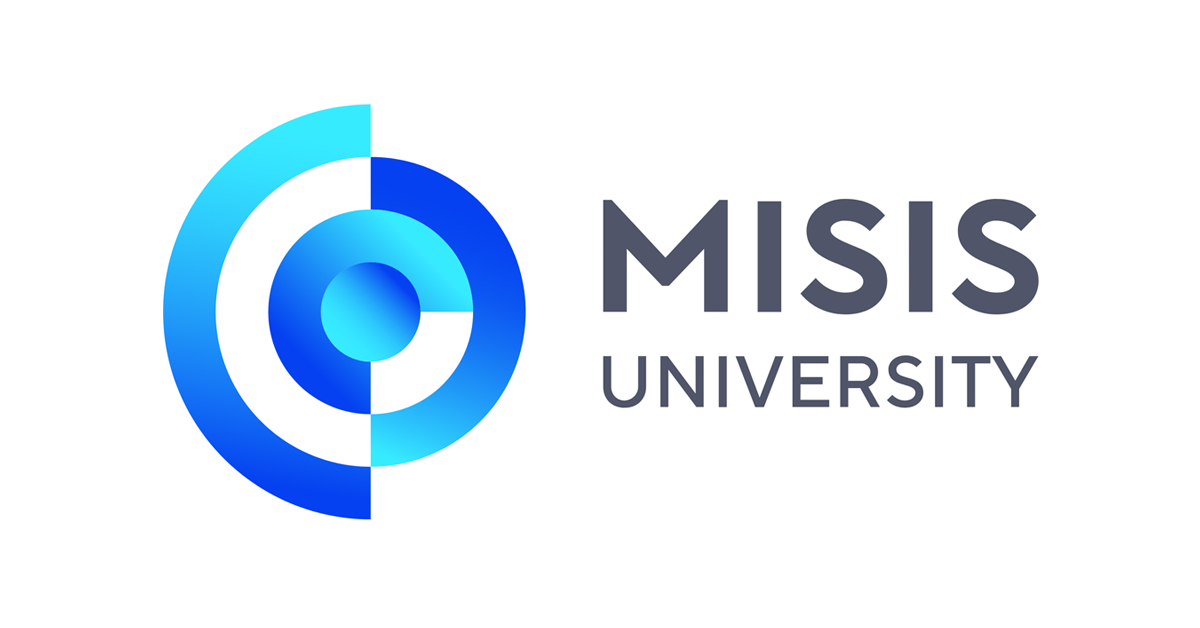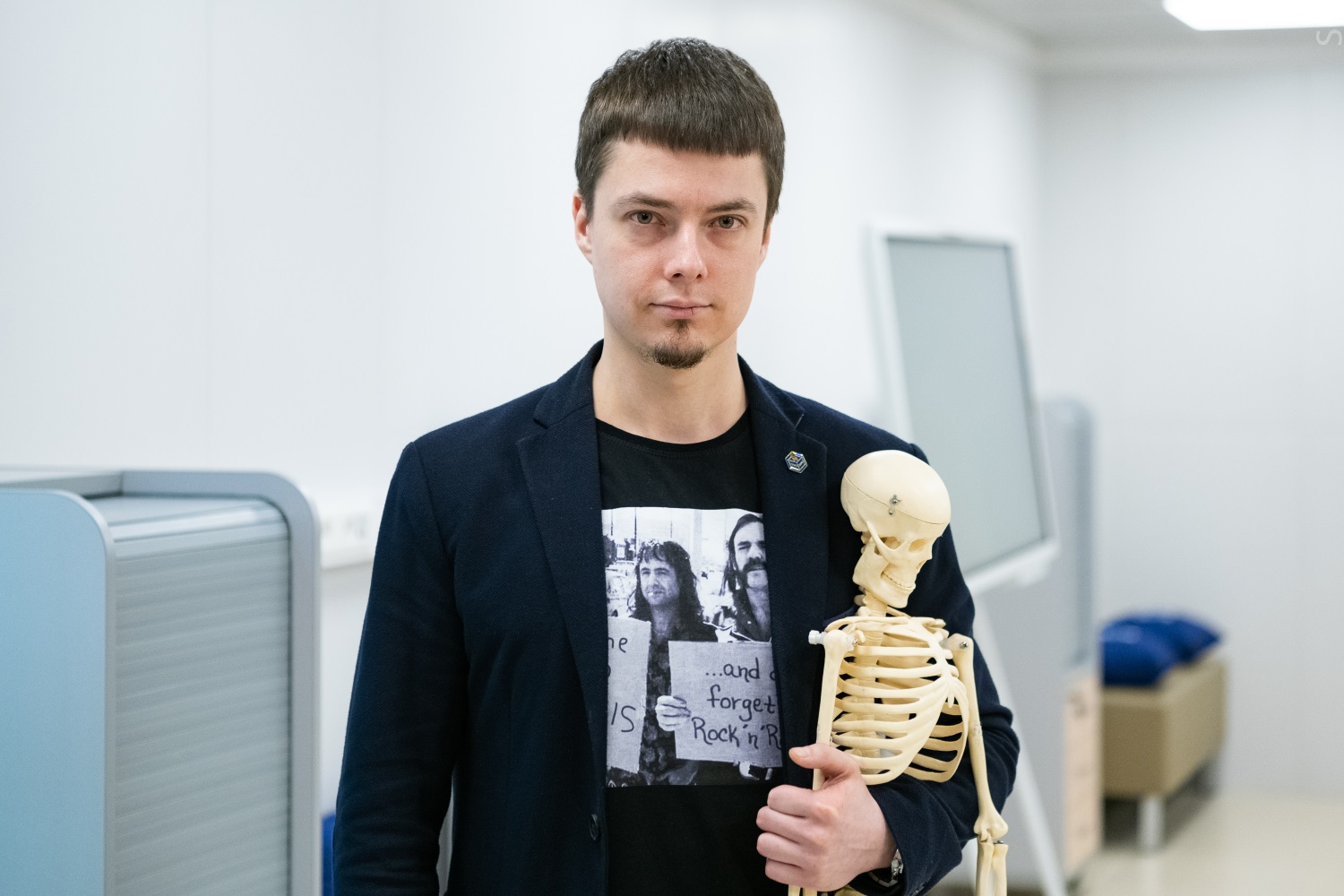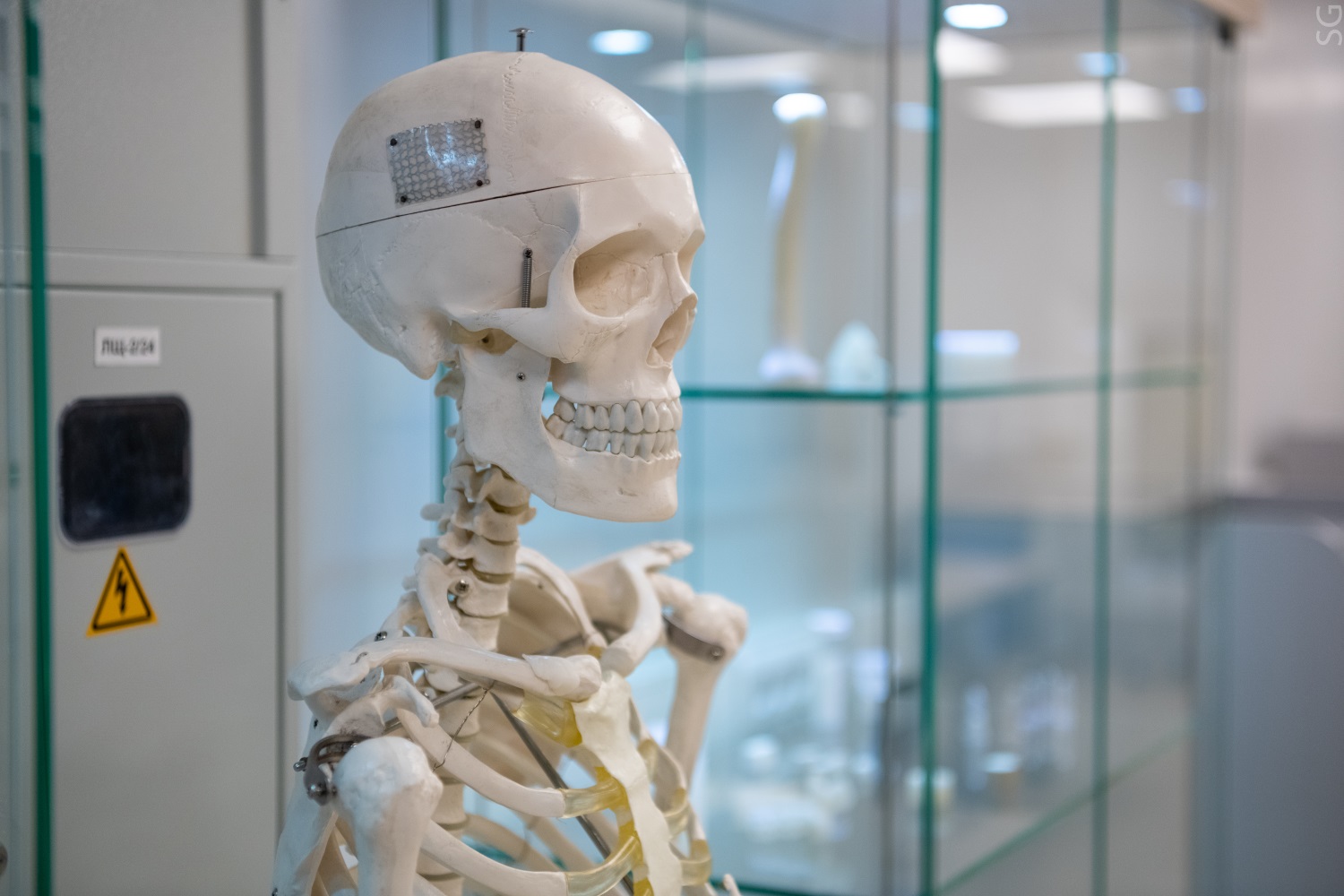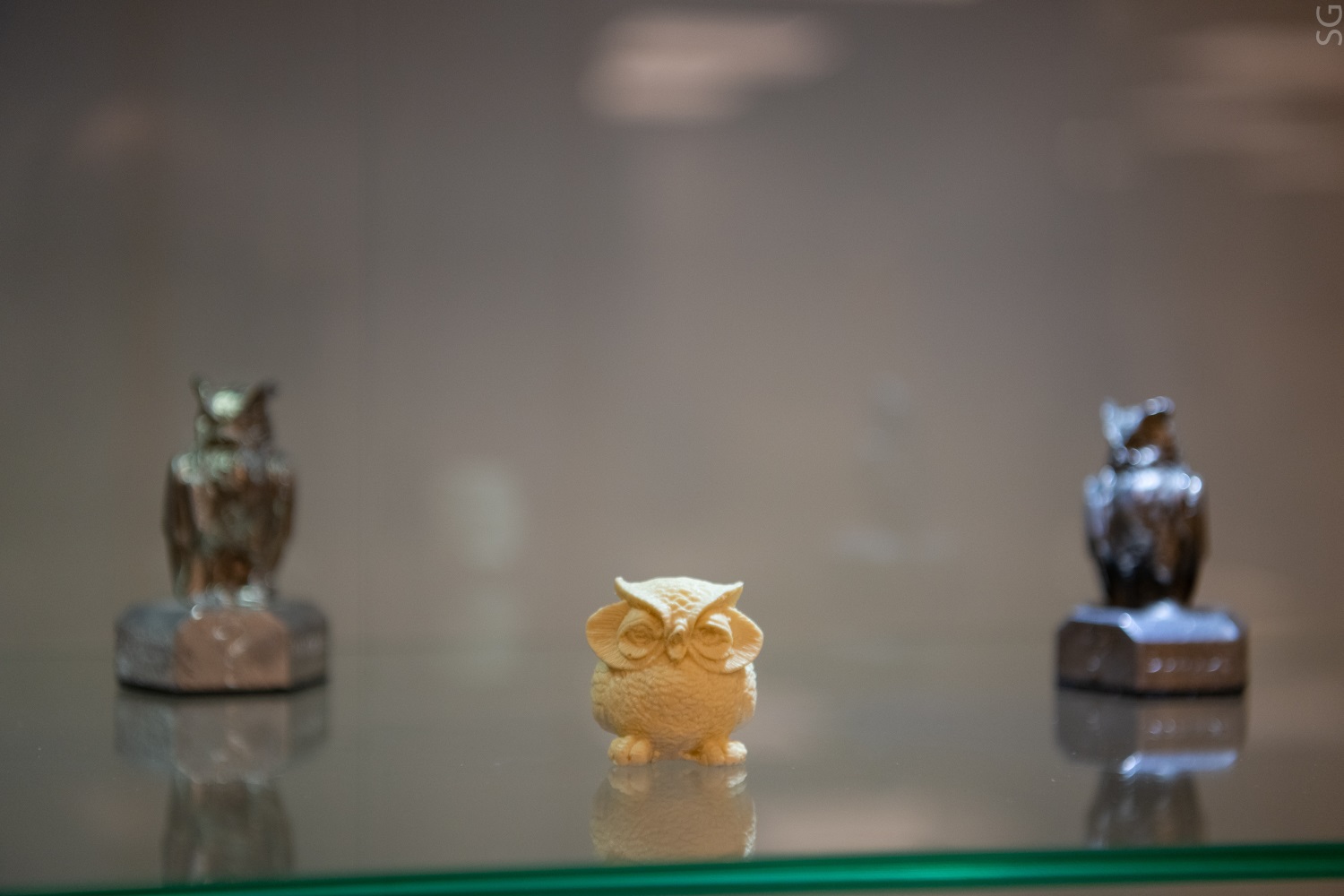Lalas
Star
- Joined
- Nov 8, 2022
- Messages
- 1,383
National Research Lobachevsky State University of Nizhny Novgorod (UNN)
UNN Scientists Have Created a Mathematical Model to Combat New Pandemics
05.04.2024
The model describes the behavior of people in different countries during the first 300 days of the COVID-19 epidemic
The mathematical model of scientists from the Department of Neurotechnologies of the Institute of Biology and Biomedicine of Lobachevsky State University of Nizhny Novgorod will make it possible to determine the strategy for combating new pandemics, taking into account the socio-cultural characteristics of the population of specific countries.
Nizhny Novgorod experts studied the dynamics of the incidence of COVID-19 in the first 300 days of the pandemic around the world and found mathematical patterns in the behavior of people living in different territories: the dynamics of the epidemic changed depending on the reaction of society to the risk of the disease and restrictive measures to combat the coronavirus.
"Using the COVID-19 pandemic as an example, we described the reaction of people from 169 countries of the world and showed its dependence on socio-cultural traditions. For each country, mobilization and exhaustion coefficients are calculated, reflecting the population's acceptance of specific rules of behaviour and loss of interest in them. In the future, this will make it possible to build national strategies to combat the pandemic," said Innokenty Kastalsky, the author of the study, Associate Professor of the Department of Neurotechnologies at the Institute of Neurosciences of UNN.
The study is based on the theory of general adaptation syndrome, according to which the response to a stressor does not depend on its nature. In response to external information, a person first "turns on" the anxiety mode, then mobilizes, and then becomes exhausted and stops fighting the circumstances.
The model of UNN scientists makes it possible to mathematically predict the speed of the epidemic, the duration of the plateau between the first and second waves, the number of people who will go to the doctor and agree to hospitalization, the effectiveness of anti-COVID measures, and more.
According to the developers, Russians reacted poorly to new information and external influence, slowly changing their behavior patterns. At the same time, residents of Russia maintained a special mode of life during the pandemic for longer.
"As our research shows, we can ignore danger messages for a long time, but then stick to strict rules even longer than necessary. In general, this is typical for countries with a large territory," said Innokenty Kastalsky.
Nizhny Novgorod experts studied the dynamics of the incidence of COVID-19 in the first 300 days of the pandemic around the world and found mathematical patterns in the behavior of people living in different territories: the dynamics of the epidemic changed depending on the reaction of society to the risk of the disease and restrictive measures to combat the coronavirus.
"Using the COVID-19 pandemic as an example, we described the reaction of people from 169 countries of the world and showed its dependence on socio-cultural traditions. For each country, mobilization and exhaustion coefficients are calculated, reflecting the population's acceptance of specific rules of behaviour and loss of interest in them. In the future, this will make it possible to build national strategies to combat the pandemic," said Innokenty Kastalsky, the author of the study, Associate Professor of the Department of Neurotechnologies at the Institute of Neurosciences of UNN.
The United States, Colombia and Iran showed the highest exhaustion rates, so the first wave of the epidemic quickly escalated into the second, aggravating the epidemiological situation. The Spaniards and the French turned out to be the most conscious in terms of social reactions – the population of these countries is rapidly mobilizing and the incidence is reaching a long plateau.
In the future, the scientists plan to create a system of mathematical models to develop effective strategies for combating epidemics and modes of public behavior in stressful situations by region of the world or individual countries.
The study was carried out within the framework of the federal program of strategic academic leadership "Priority 2030". The results are published in the international journal Communications in Nonlinear Science and Numerical Simulation:
" Exploring the impact of social stress on the adaptive dynamics of COVID-19:
Typing the behavior of naïve populations faced with epidemics"
*~*~*
05.04.2024
The model describes the behavior of people in different countries during the first 300 days of the COVID-19 epidemic
The mathematical model of scientists from the Department of Neurotechnologies of the Institute of Biology and Biomedicine of Lobachevsky State University of Nizhny Novgorod will make it possible to determine the strategy for combating new pandemics, taking into account the socio-cultural characteristics of the population of specific countries.
Nizhny Novgorod experts studied the dynamics of the incidence of COVID-19 in the first 300 days of the pandemic around the world and found mathematical patterns in the behavior of people living in different territories: the dynamics of the epidemic changed depending on the reaction of society to the risk of the disease and restrictive measures to combat the coronavirus.
"Using the COVID-19 pandemic as an example, we described the reaction of people from 169 countries of the world and showed its dependence on socio-cultural traditions. For each country, mobilization and exhaustion coefficients are calculated, reflecting the population's acceptance of specific rules of behaviour and loss of interest in them. In the future, this will make it possible to build national strategies to combat the pandemic," said Innokenty Kastalsky, the author of the study, Associate Professor of the Department of Neurotechnologies at the Institute of Neurosciences of UNN.
The study is based on the theory of general adaptation syndrome, according to which the response to a stressor does not depend on its nature. In response to external information, a person first "turns on" the anxiety mode, then mobilizes, and then becomes exhausted and stops fighting the circumstances.
The model of UNN scientists makes it possible to mathematically predict the speed of the epidemic, the duration of the plateau between the first and second waves, the number of people who will go to the doctor and agree to hospitalization, the effectiveness of anti-COVID measures, and more.
According to the developers, Russians reacted poorly to new information and external influence, slowly changing their behavior patterns. At the same time, residents of Russia maintained a special mode of life during the pandemic for longer.
"As our research shows, we can ignore danger messages for a long time, but then stick to strict rules even longer than necessary. In general, this is typical for countries with a large territory," said Innokenty Kastalsky.
Nizhny Novgorod experts studied the dynamics of the incidence of COVID-19 in the first 300 days of the pandemic around the world and found mathematical patterns in the behavior of people living in different territories: the dynamics of the epidemic changed depending on the reaction of society to the risk of the disease and restrictive measures to combat the coronavirus.
"Using the COVID-19 pandemic as an example, we described the reaction of people from 169 countries of the world and showed its dependence on socio-cultural traditions. For each country, mobilization and exhaustion coefficients are calculated, reflecting the population's acceptance of specific rules of behaviour and loss of interest in them. In the future, this will make it possible to build national strategies to combat the pandemic," said Innokenty Kastalsky, the author of the study, Associate Professor of the Department of Neurotechnologies at the Institute of Neurosciences of UNN.
The United States, Colombia and Iran showed the highest exhaustion rates, so the first wave of the epidemic quickly escalated into the second, aggravating the epidemiological situation. The Spaniards and the French turned out to be the most conscious in terms of social reactions – the population of these countries is rapidly mobilizing and the incidence is reaching a long plateau.
In the future, the scientists plan to create a system of mathematical models to develop effective strategies for combating epidemics and modes of public behavior in stressful situations by region of the world or individual countries.
The study was carried out within the framework of the federal program of strategic academic leadership "Priority 2030". The results are published in the international journal Communications in Nonlinear Science and Numerical Simulation:
" Exploring the impact of social stress on the adaptive dynamics of COVID-19:
Typing the behavior of naïve populations faced with epidemics"
*~*~*
Last edited:

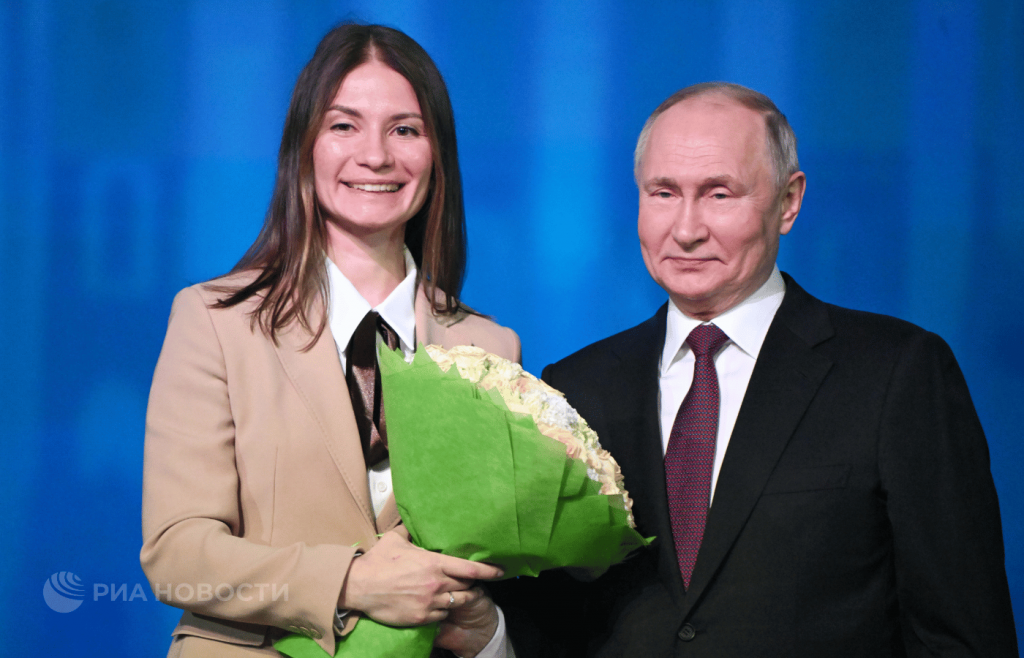
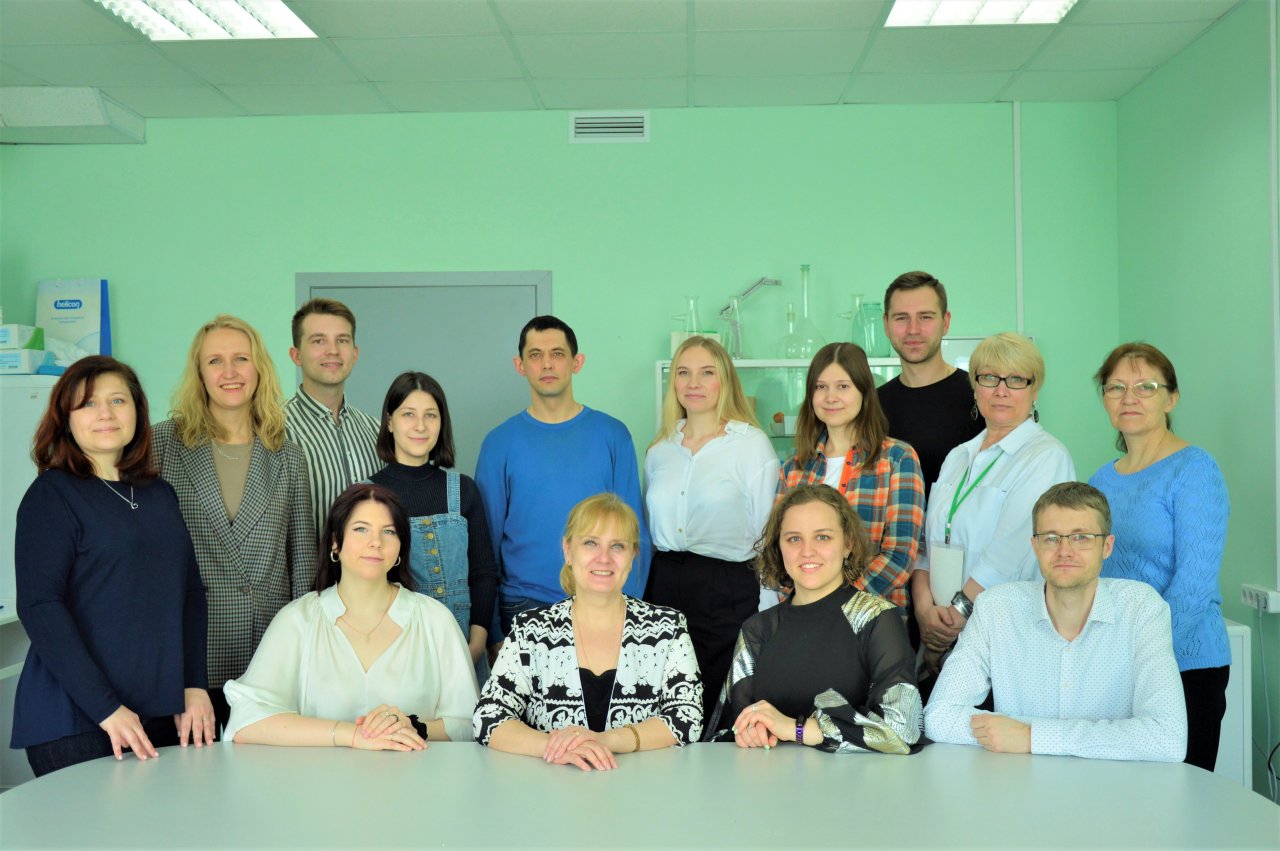
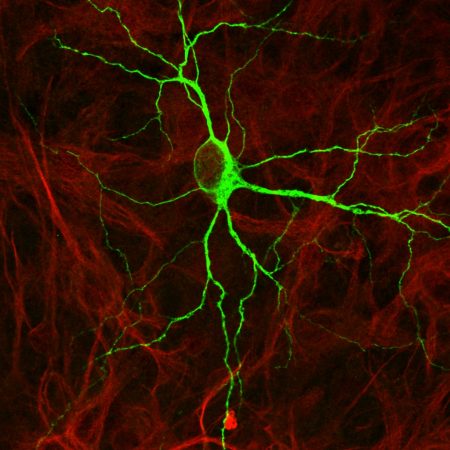
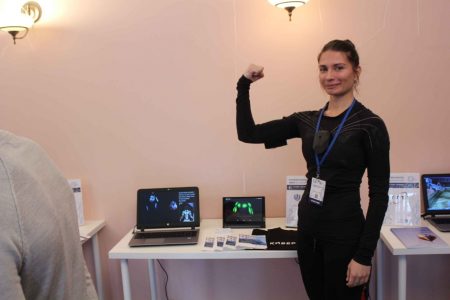



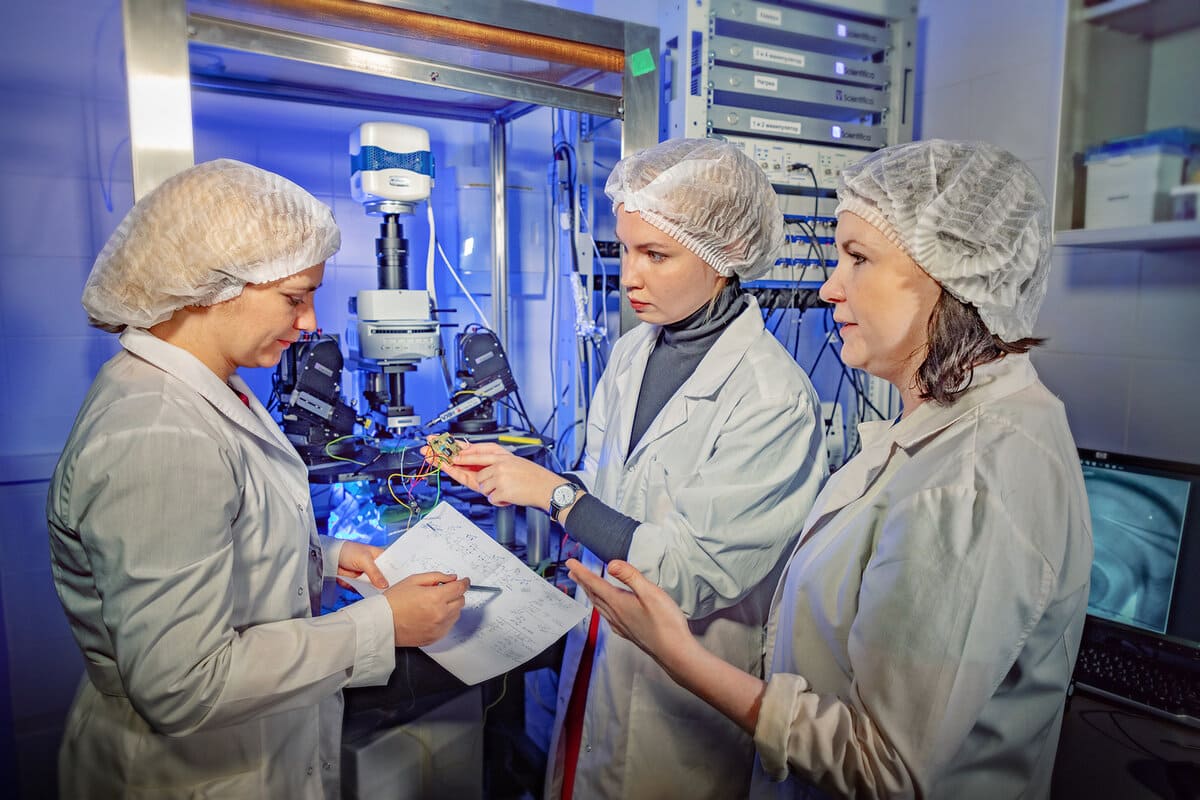
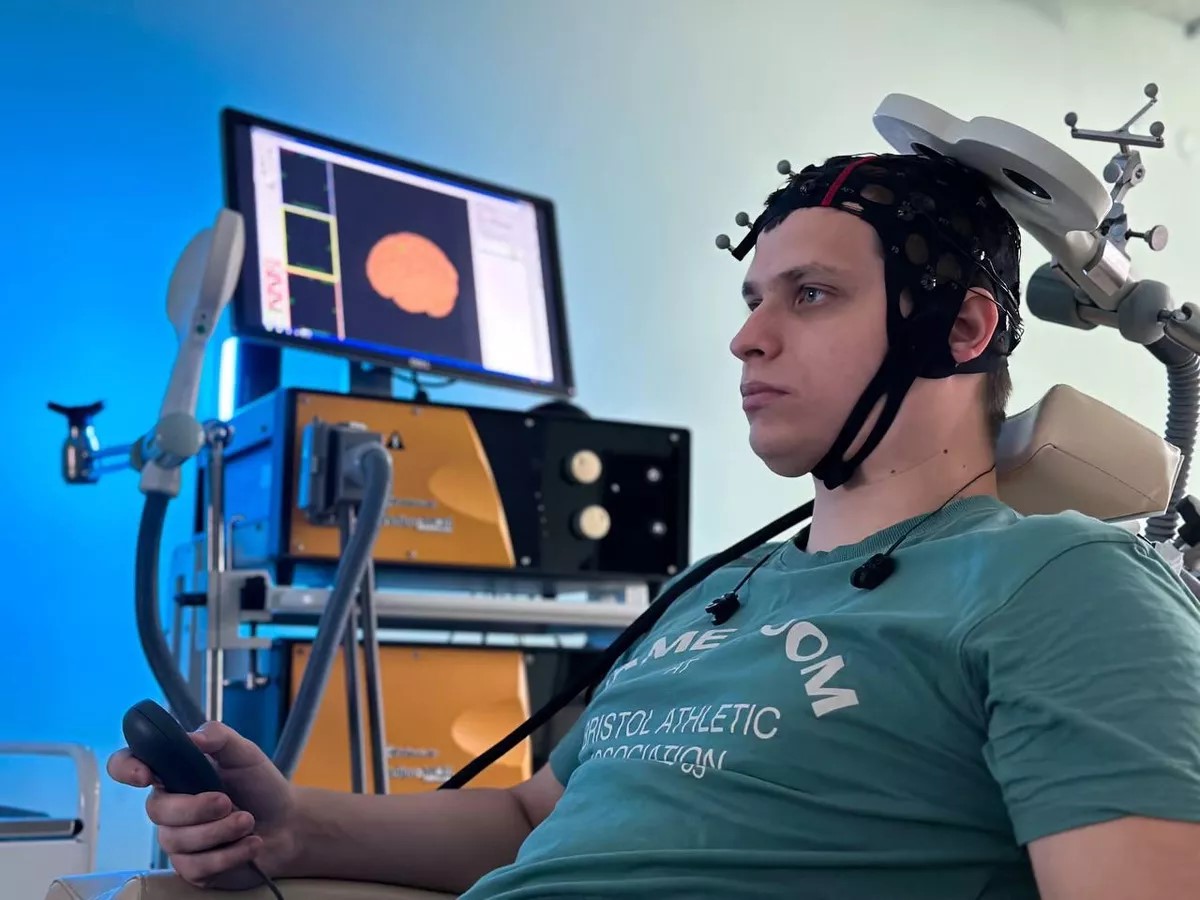
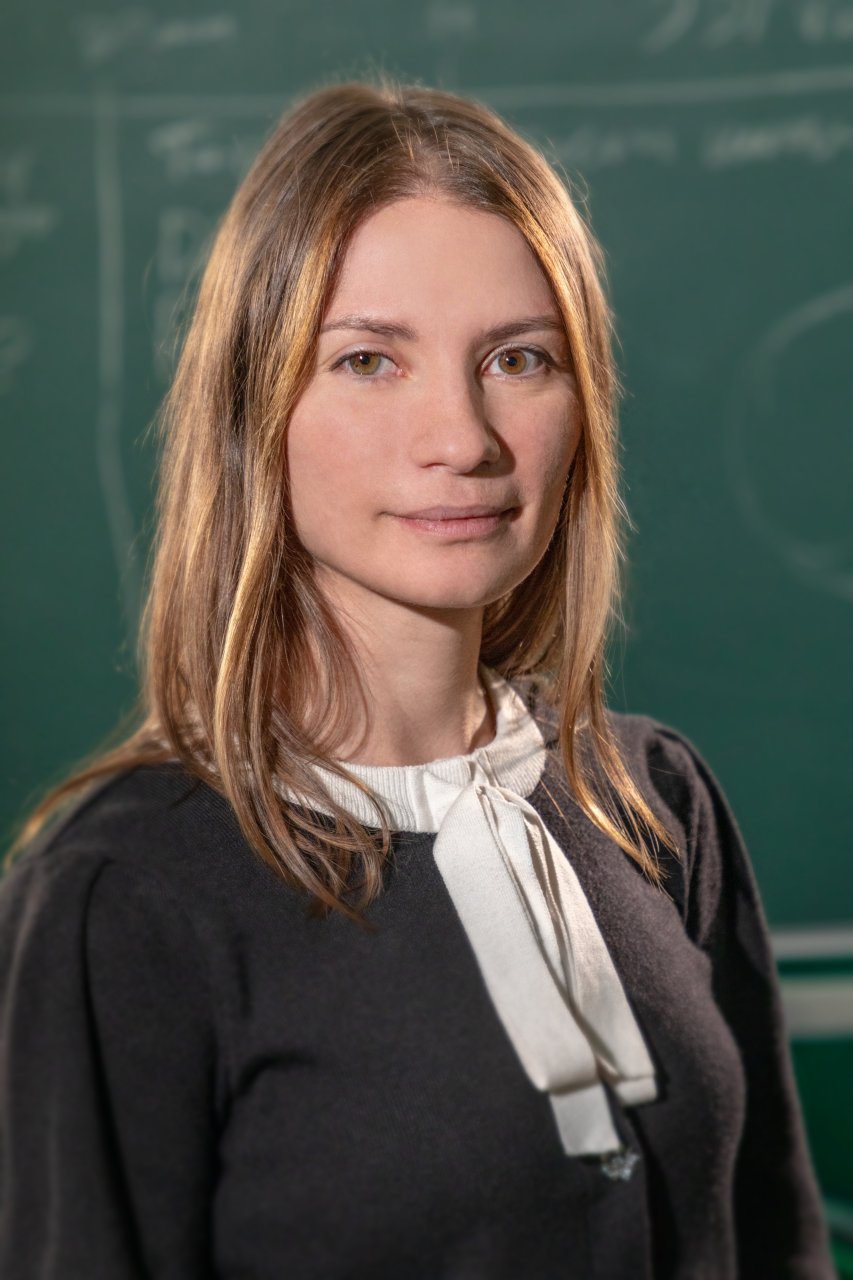
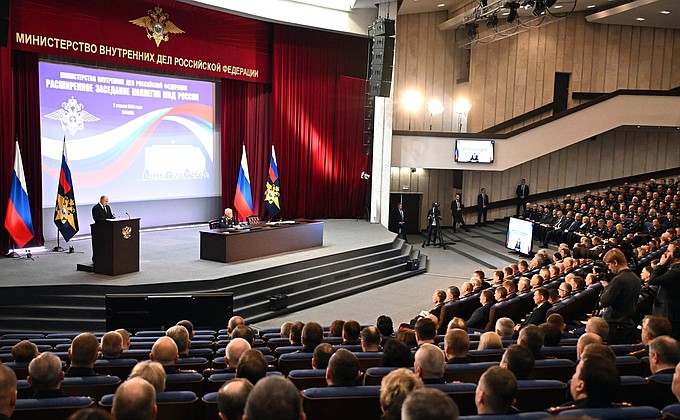
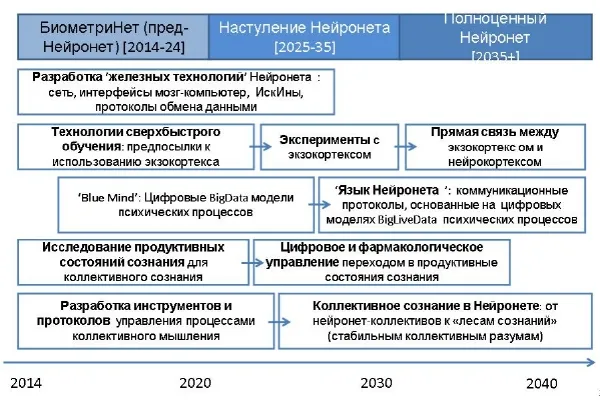
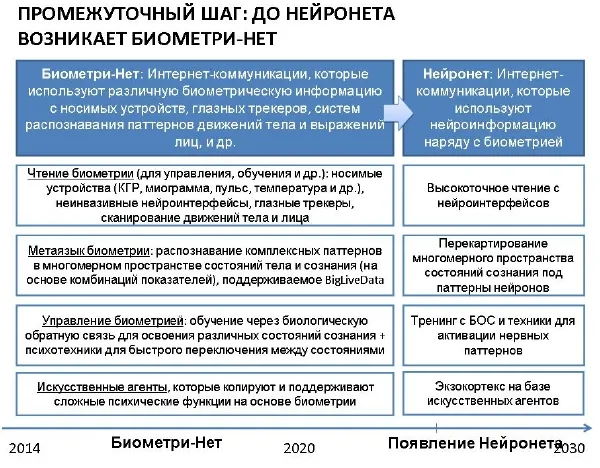







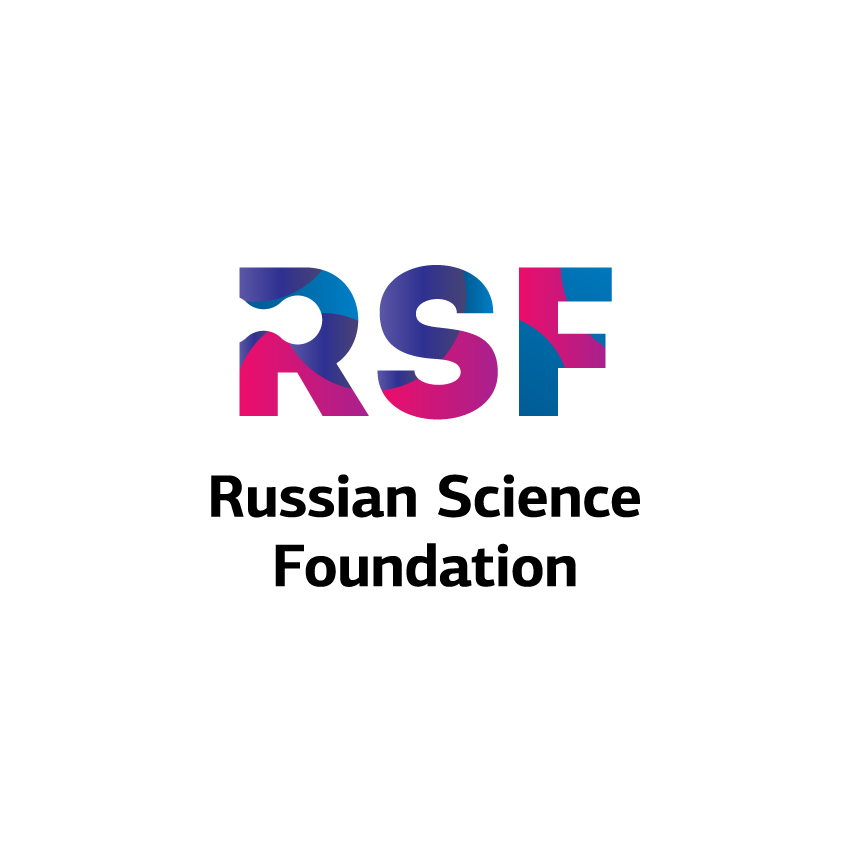
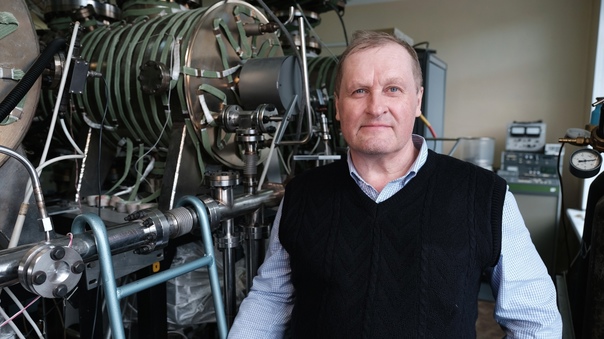


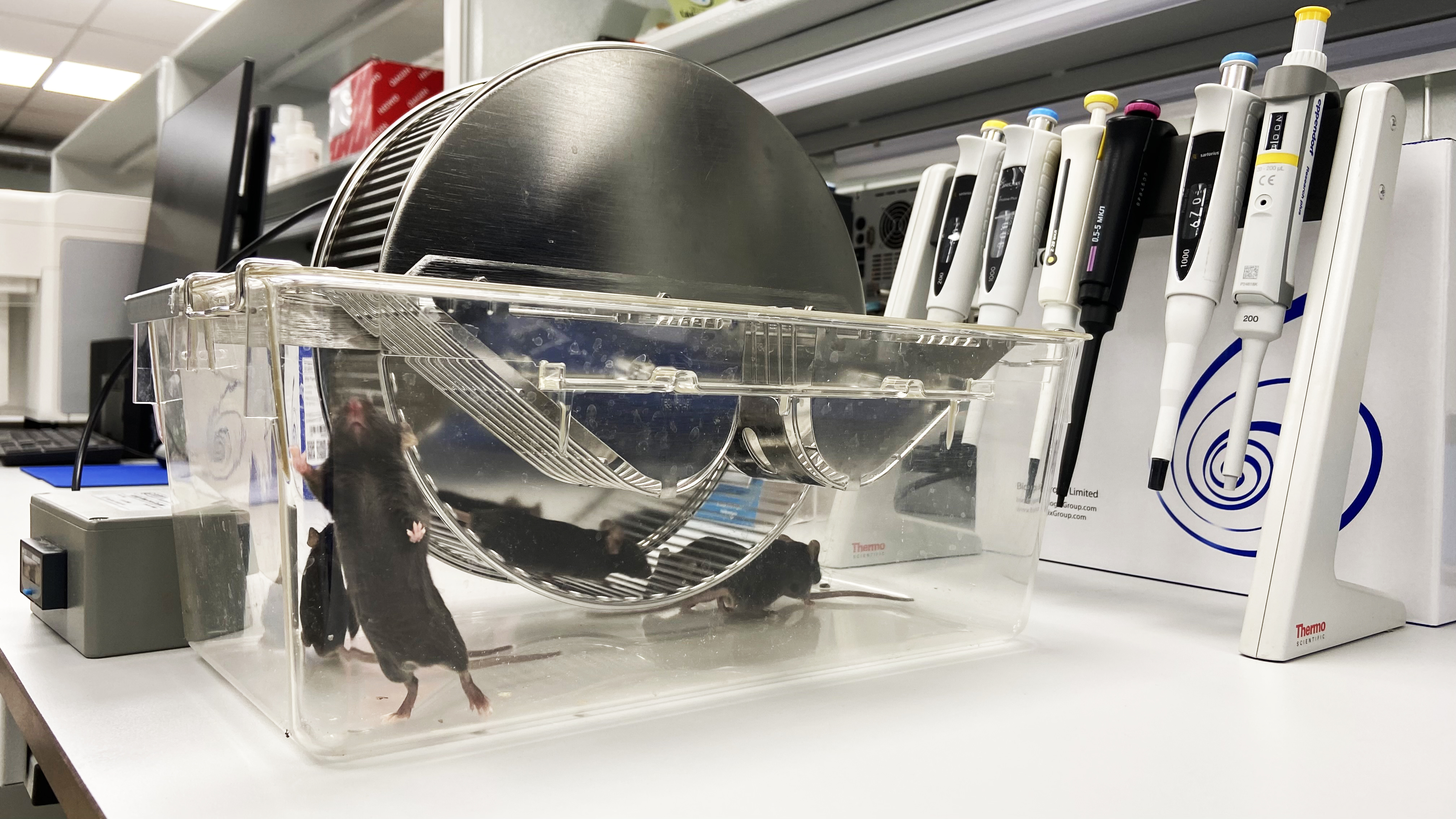

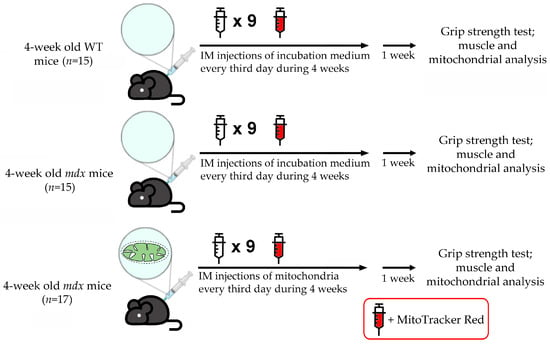
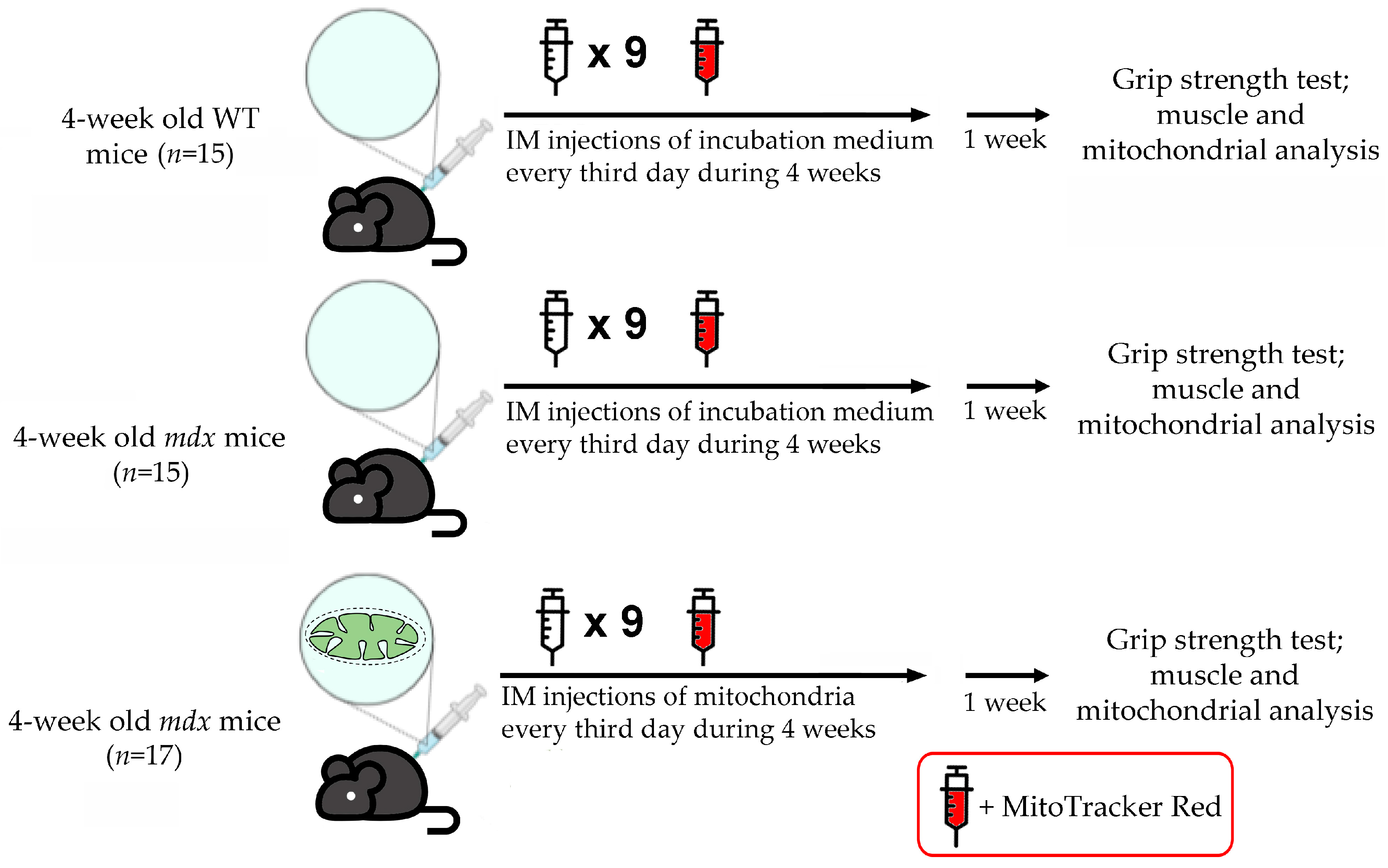
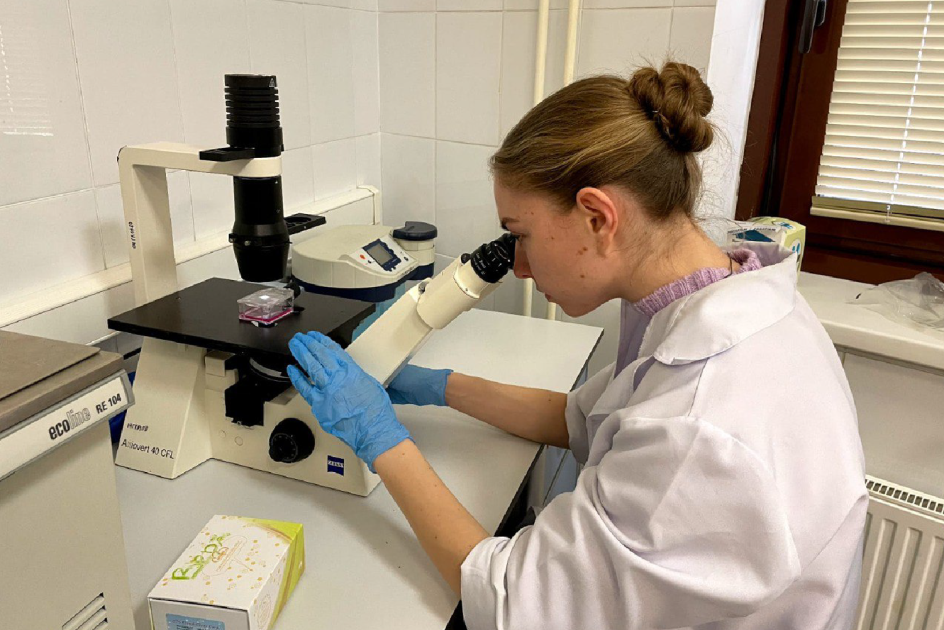

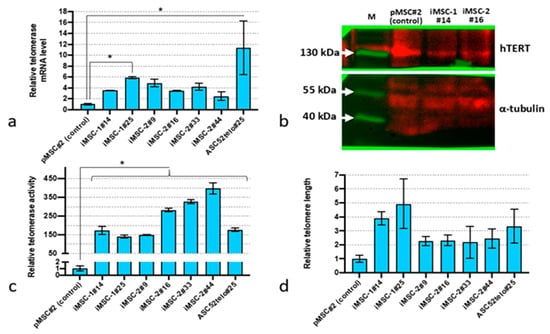
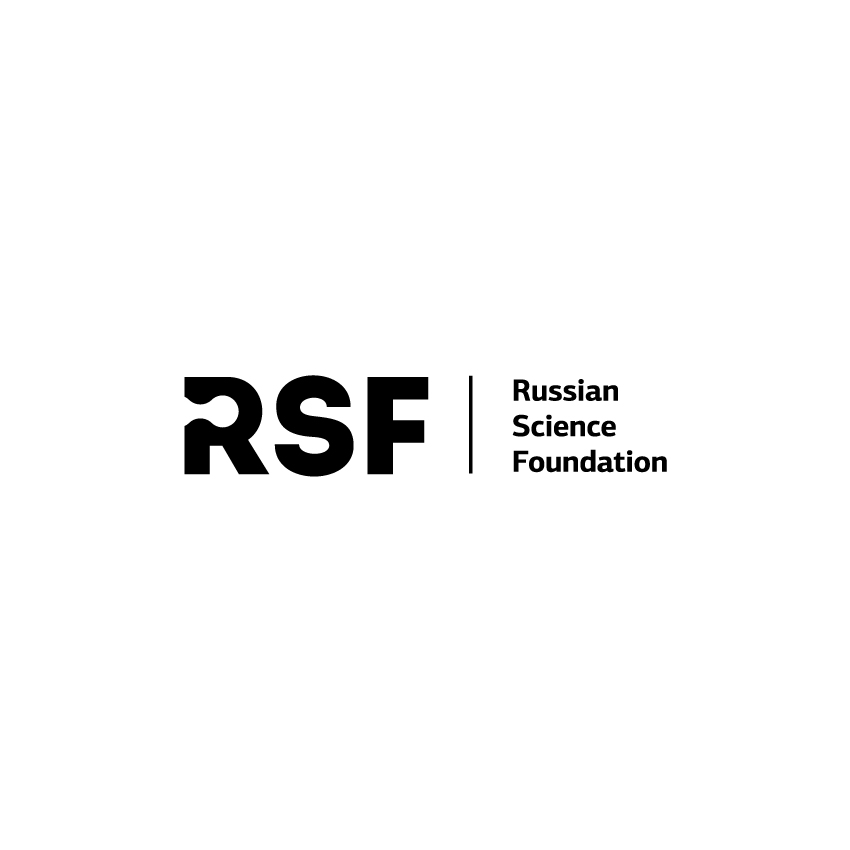



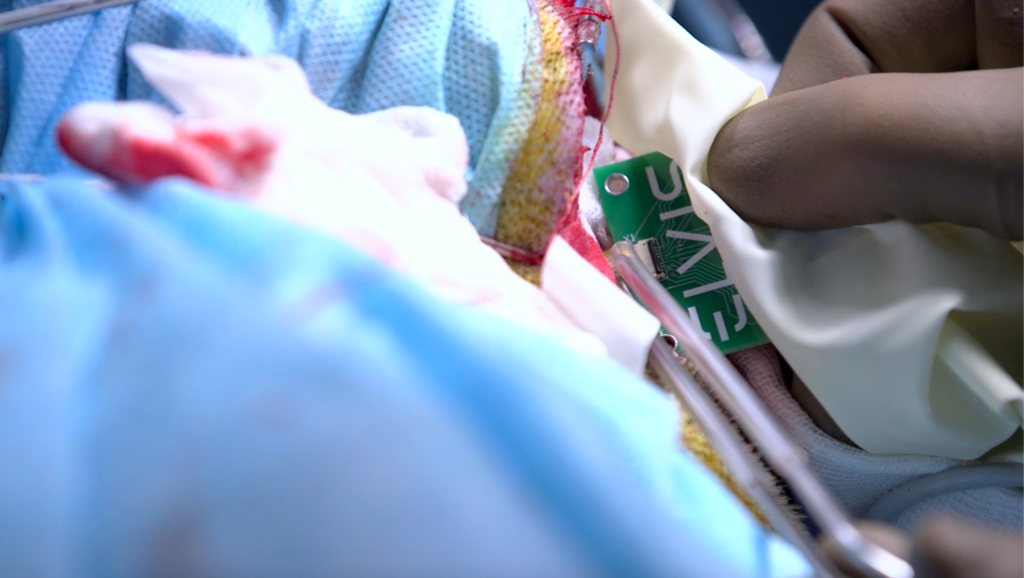
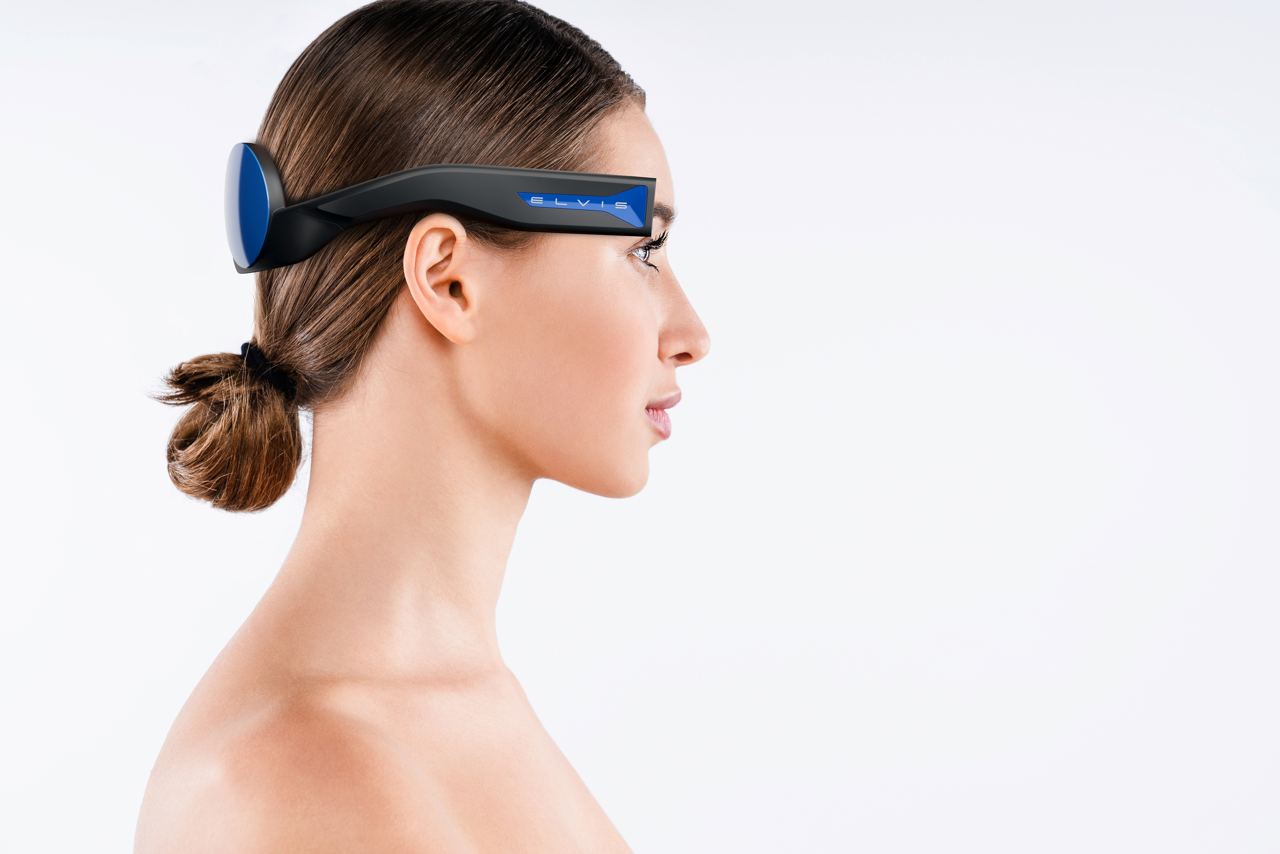


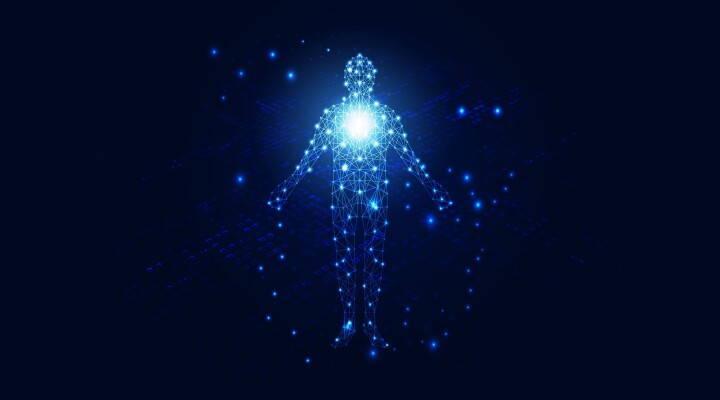

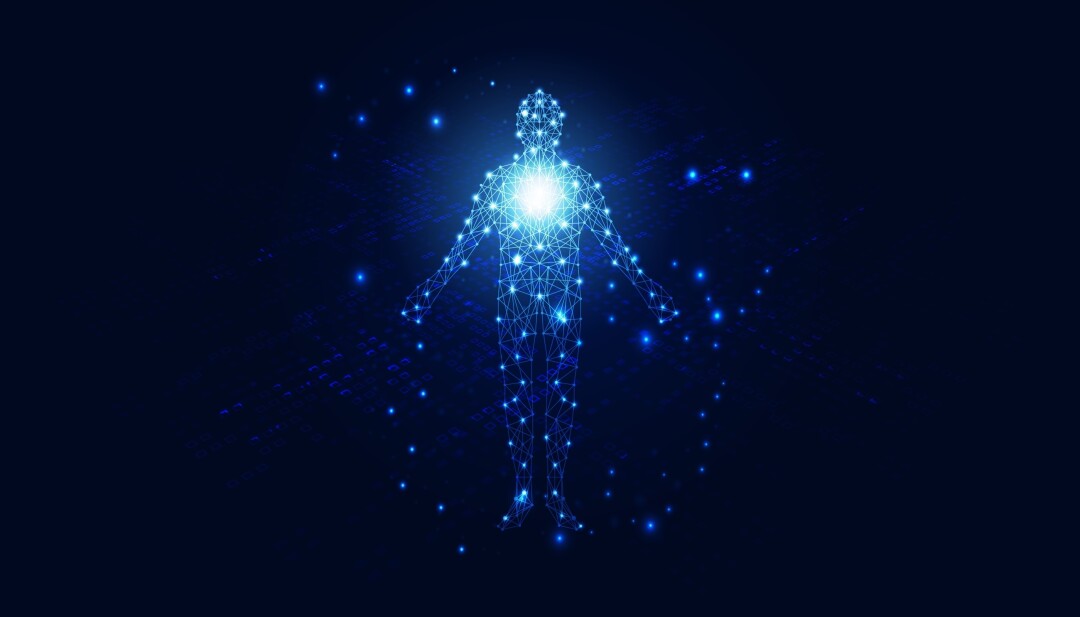


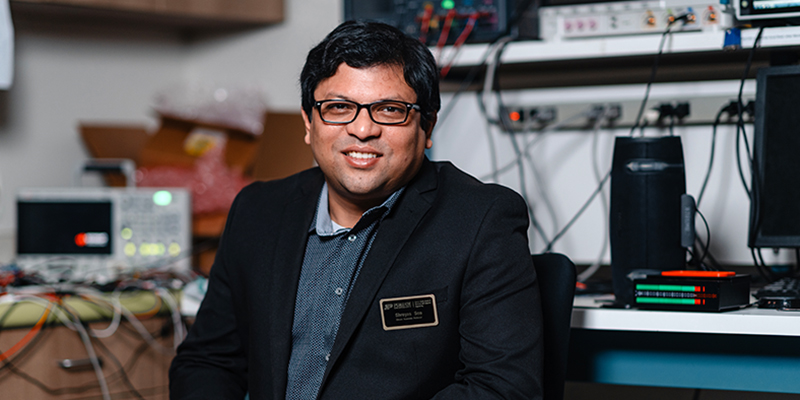
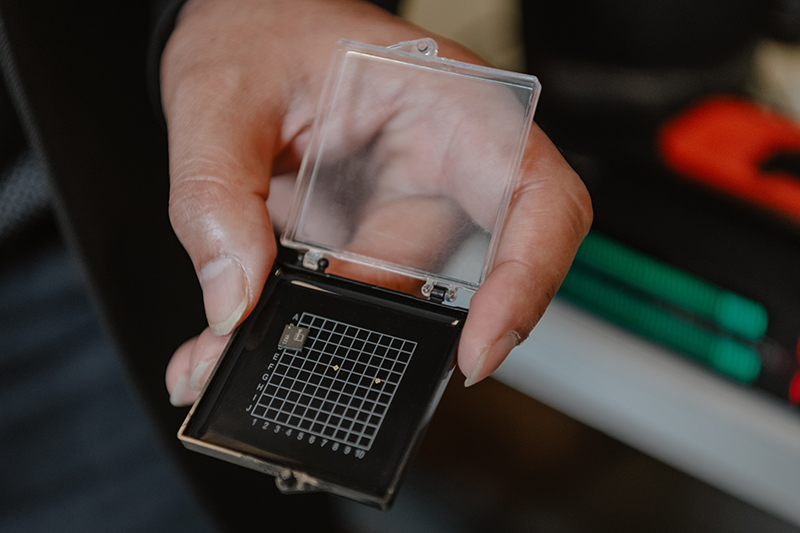
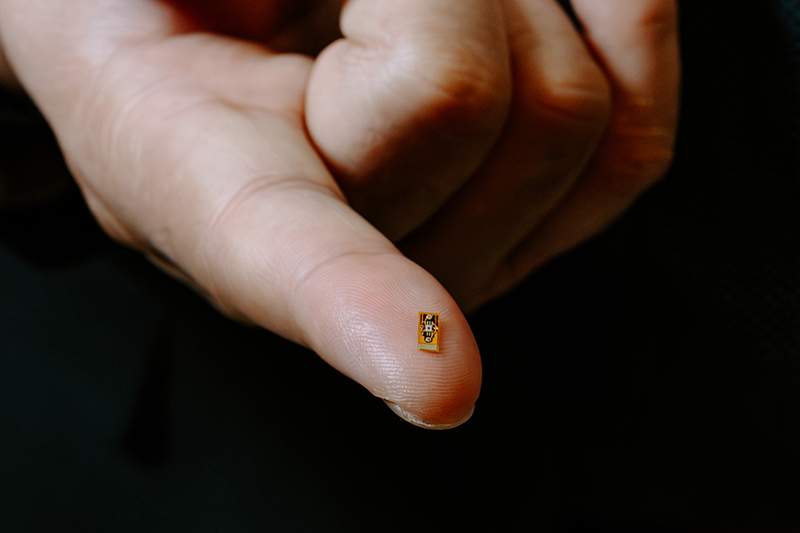




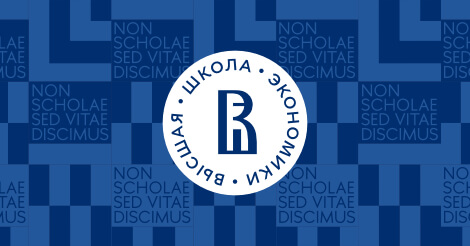
.jpg)

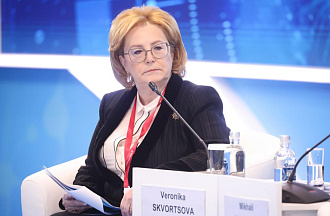













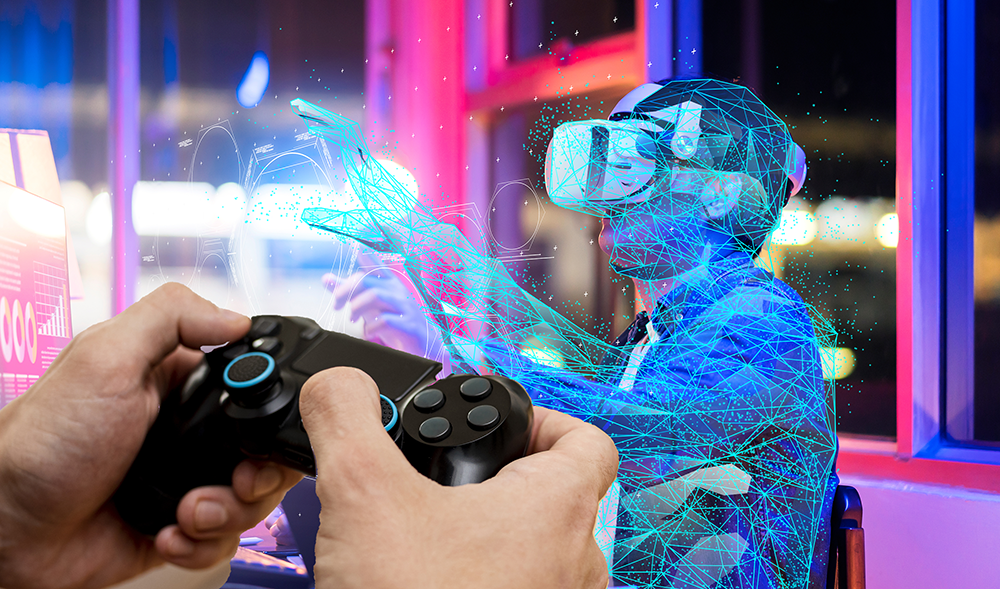





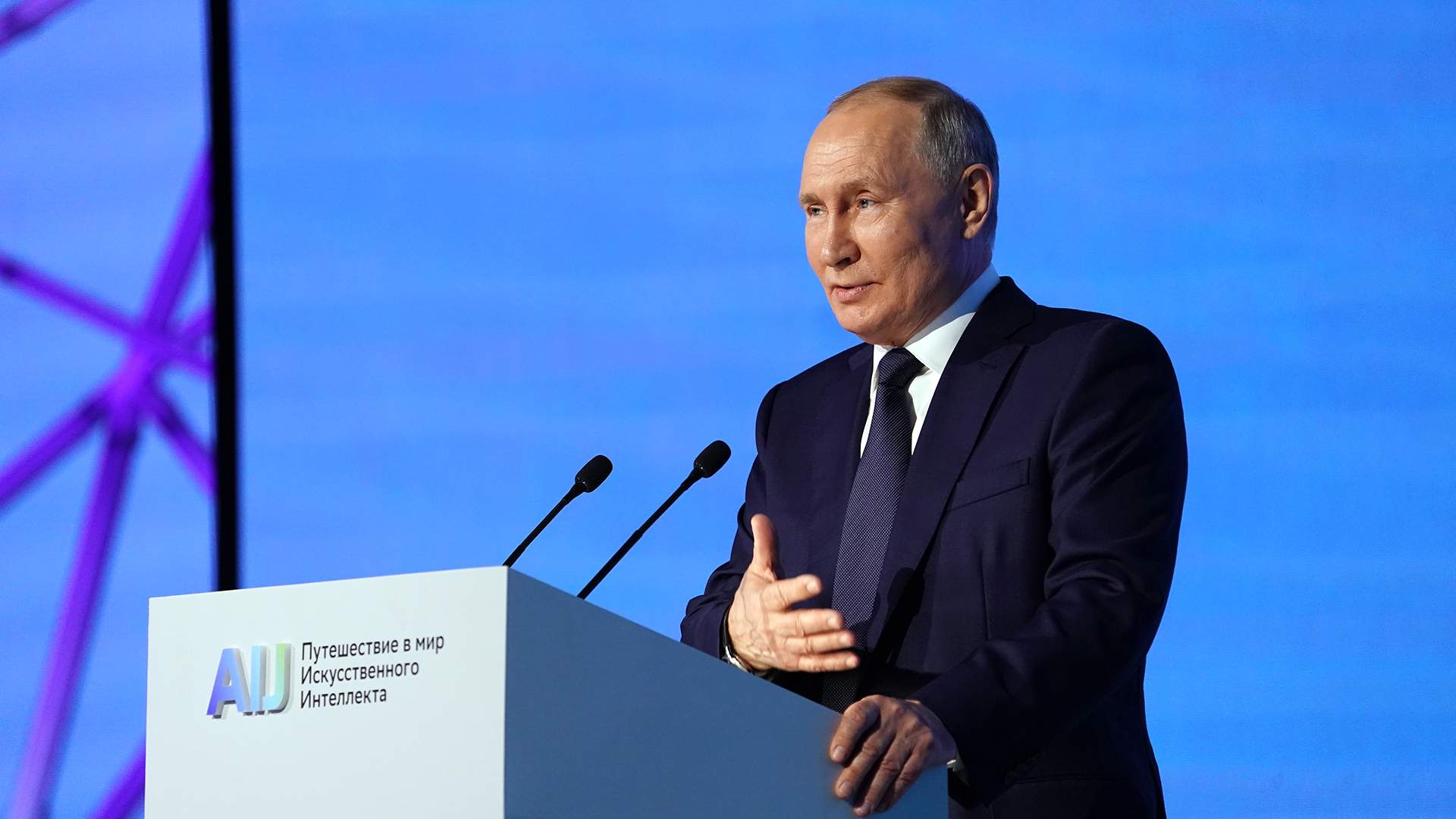
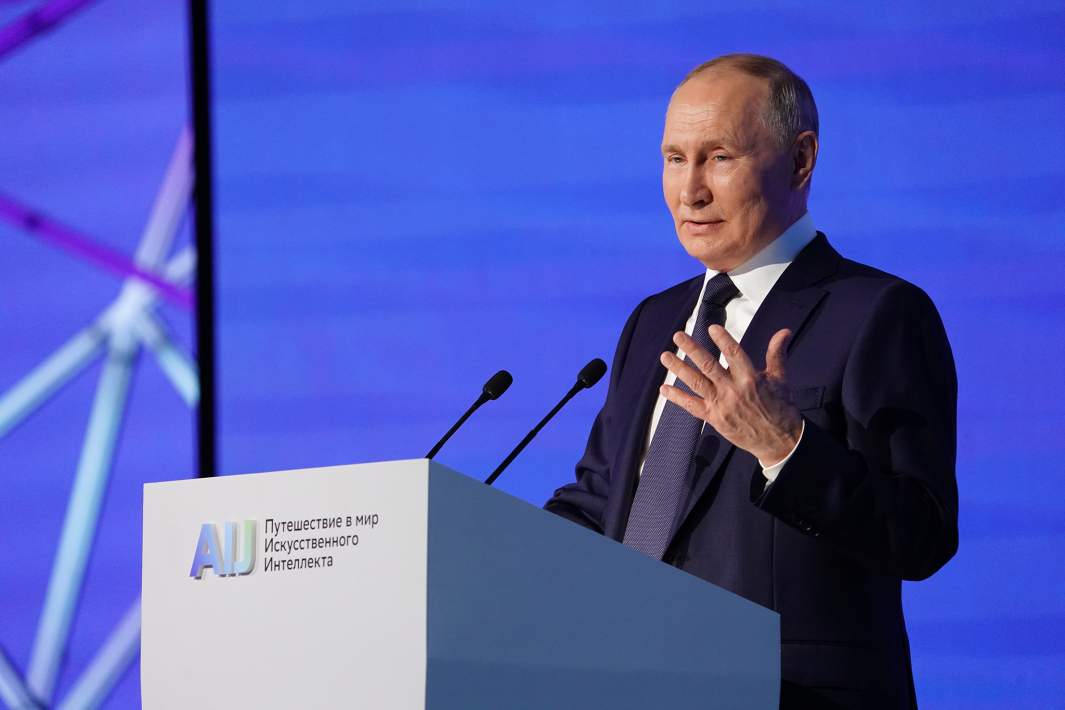
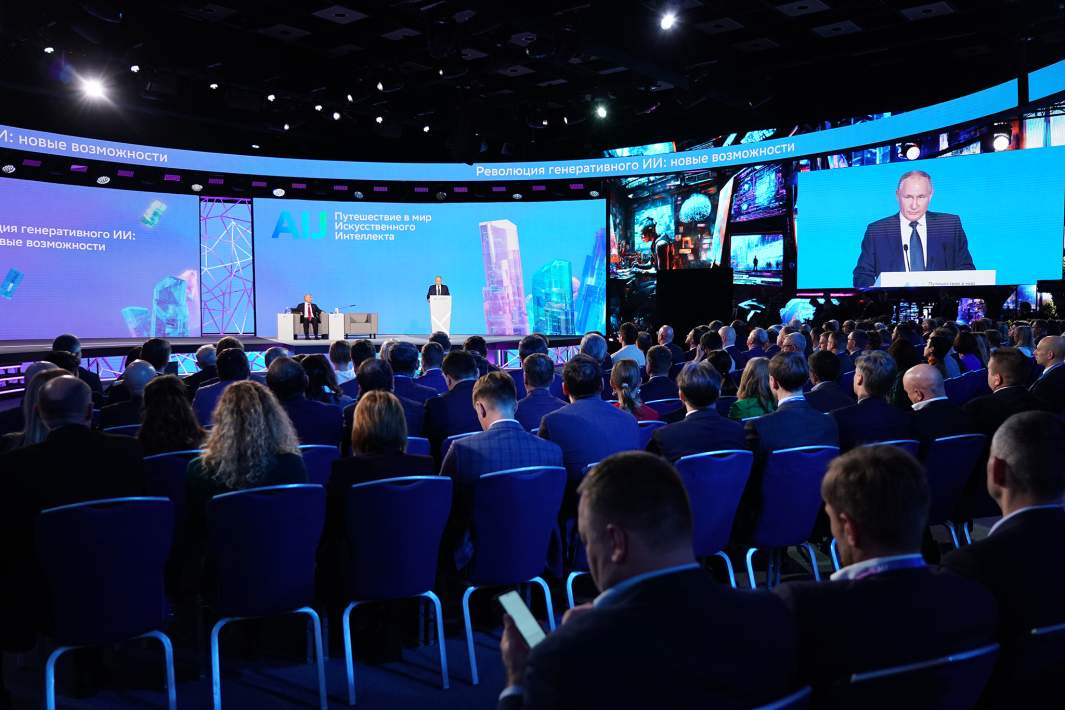

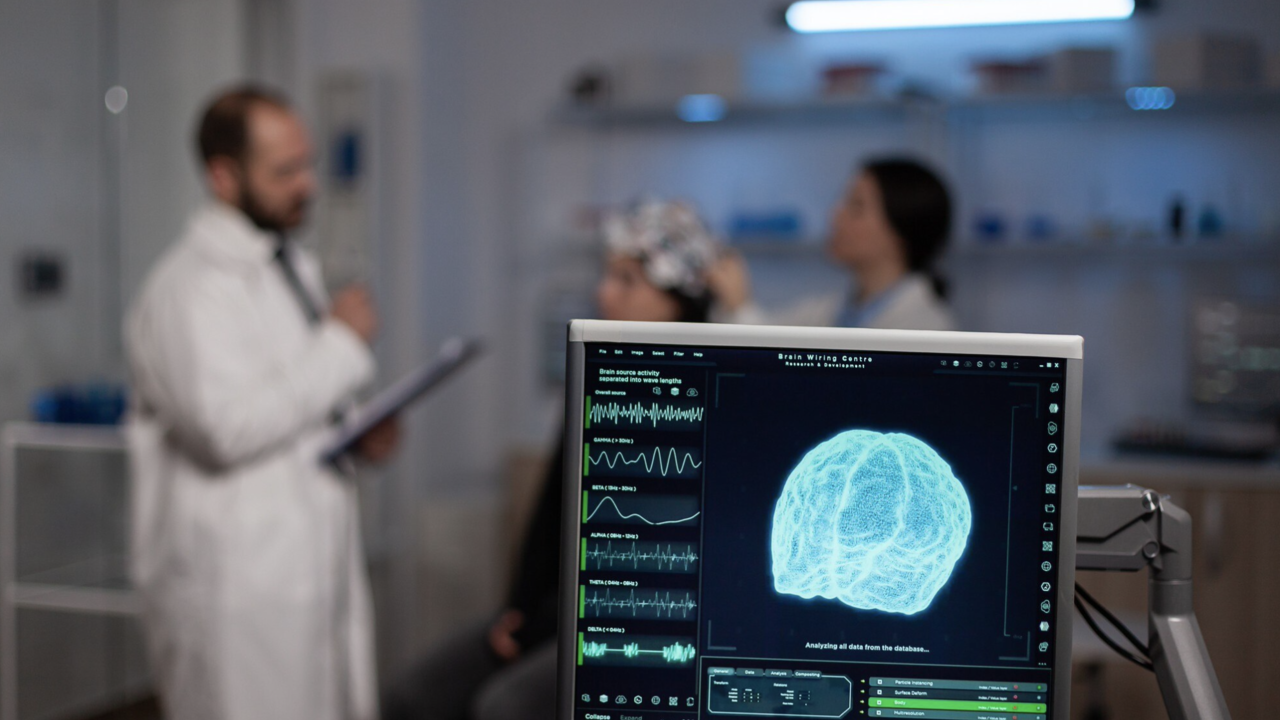
:no_upscale()/imgs/2024/03/22/07/6405393/c23ea96212bb5d20134690fc4071d2e89842fbcf.png)
:no_upscale()/imgs/2024/03/22/07/6405425/ae88bc000787c438fe921c9bf7cfd51ca06ae096.jpg)
:no_upscale()/imgs/2024/03/22/07/6405483/2906409188827a269366c09e9845b95b9ce4af82.png)
